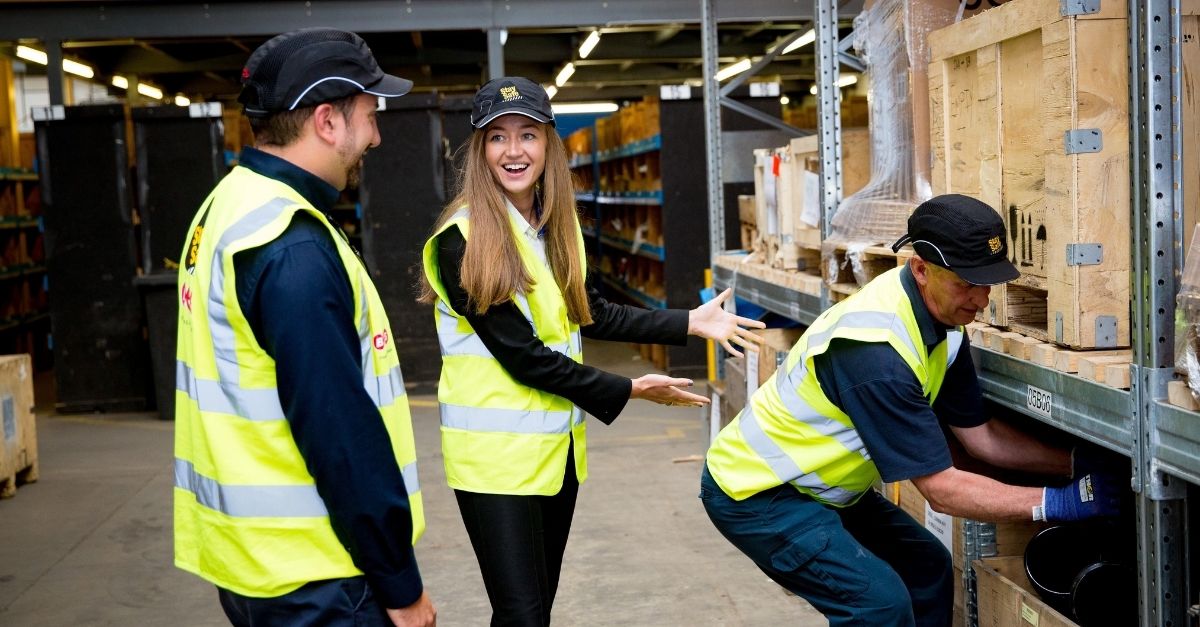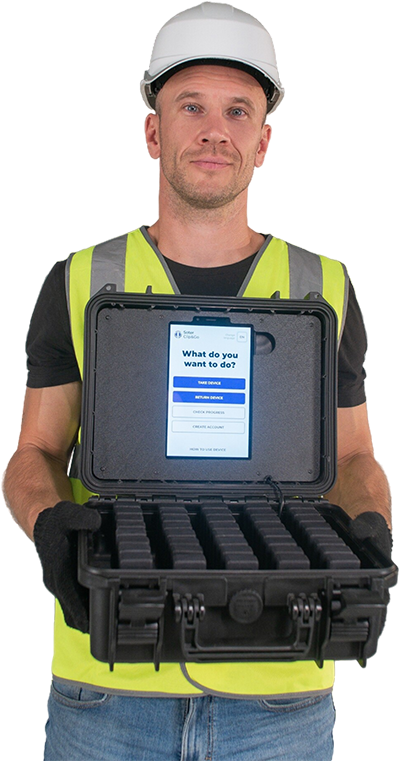Manual Handling Training
Manual handling training is an essential requirement for every organization that wants to guarantee a safe workplace. Statistical data demonstrates that 21% of non-fatal injuries that occur in the workplace are caused by poorly managed operations.

Manual handling training is an essential requirement for every organization that wants to guarantee a safe workplace. Statistical data demonstrates that 21% of non-fatal injuries that occur in the workplace are caused by poorly managed operations.
Everyone who works within the manual materials handling arena is obliged to comply with the strict regulations that involve taking this training: The 1974 Health and Safety at Work Act, The 1992 Manual Handling Operations Regulations, and The 1999 Management of Health and Safety at Work Regulations. The training is critical for employers who should be aware of the working conditions they set out for their workers.
In depth knowledge of the principles of safety enable warehouse workers, factory and plant staff, and heavy manual labourers to put their learnings into practice and avoid risks. Minor injuries from falls and slips, cognitive failures caused by the lack of recognition of on site hazards, and accidents can all be prevented. The advantages of manual handling training are apparent, as students are taught to evaluate the nature of loads and relevant practices, and understand their individual physical capabilities to ensure that working conditions and the entire organization process, does not pose any risk to their health.
Who Should Conduct Manual Handling Training Programs
These courses should be instructed by workers and managers employed by the organization, specializing in manual handling.
Manual Handling Training Content
Usually, the training programs incorporate modules related to control of occupational safety issues and reflect four main areas relevant to manual handling operations:
The nature of the work
The individual capabilities of the performer
The key features of loads
The overview of the layout of the organization’s environment
These items are identified as the LITE technical methods, standing for Load, Individual, Task and Environment. The goal of the program is to enhance a workers’ understanding of the role of manual handling in their industry. They learn to define the work involved, and comply with the regulations of lifting loads in a proper way and with the help of special mechanisms.
Where to Do Manual Handling Training
The following outlines various manual handling course providers consisting of: official organizations like OSHA or IOSH, private training, occupational health services companies offering e-learning platforms and free-of-charge online and video resources.
OSHA
OSHA offers manual handling training appropriate for duties that face multiple hazards on the site. OSHA takes responsibility for provision of a large bundle of resources and distribution of grants named after the late Susan Harwood to assist non-profit organizations.
The number of lessons vary, depending on the course. In general, it takes 10 hours to 30 hours of training. The lessons can be taken online and/or at local education centers. Teachers are qualified specialists in the field of occupational safety and health training. Students get completion cards after they pass tests. Pricing for the online version is $60-$80 for the 10-hour educational sessions and $160-$180 for the 30-hour learning.
IOSH
IOSH increases the competence of workers by providing various techniques necessary for transportation of loads in the workplace. This course is known as First4SafetyLimited. Students are required to pass an exam at the end of the program. It costs £59 + vat for a Digital Certificate and £89 + vat for Digital + Paper Certificate. These two official health and safety certificates are widely recognized in the United States. Lessons are based on interactive methods of teaching, which include quizzes, studying HSE knowledge bases, using IOSH resources, and real-life examples from personal experience of trainers.
ROSPA
ROSPA assists learners to improve their professional skills, knowledge and experience in manual handling. The educational program offers 2 courses: RoSPA Level 3 Award for Manual Handling Trainers and Manual Handling & Postural Awareness, which last 3 days each. The lessons are provided online, in classrooms and in companies. Students can purchase them at cost from £885.00 for classroom sessions, for in-company sessions, there are additional travel costs. There are also RoSPA approved online courses available for purchase starting at £12.00 + VAT.
Private companies
A large number of private companies, such as The Health & Safety Group, Globeus Training, CPD, to name a few are specialized in delivery of manual handling courses. These sessions are approved by OSHA, IOSH, or ROSPA. They cost less than £35 per student.
e-Learning Platforms
e-Learning Platforms, for example, Udemy, provide students with a course that consists of a 31 mins on-demand video. It can be accessed on any device, including computers, mobile phones, laptops, and even TV. Attractive discounts are guaranteed. Certificates are consistent with legislation and accredited by reliable organizations.
Free Resources
Among free-of-charge resources, YouTube is the most popular, due to its accessibility. Manual handling training videos are available throughout the world to assist workers in maintaining safety of their activities in the field of manual handling. Unfortunately, these virtual classes do not supply the proper health and safety certificates approved by highly recognized entities.
Pros & Cons
Among the variety of manual handling training programs, those offered by official organizations are the most beneficial, especially when conducted in-person. This method is highly engaging and offers the most effective content. Private companies are also a good option. E-Learning platforms & free video sources like YouTube are a valuable source, however they are not engaging enough due to the content consumption type.
Certificates
There are several types of printable manual handling training certificates depending on the nature of job and specifics of the working environment. Once the course has been completed they are typically delivered via email. Among them are manual handling training certificates for healthcare workers, construction workers, office workers, warehouse workers, and others. IOSH offers Level 1 and Level 2 Certificates of competence in safe manual handling with the focus on two trends – operations and risk assessment.
Benefits
Selecting the right Manual handling training is important when dealing with the lives of workers engaged in dangerous activities, including lifting operations, lowering procedures, pushing techniques, pulling methods, carrying loads either by hands or by using the force of human bodies. Every student will reach specific academic results, namely, learning how to rate risks, avert injuries, and maximize productivity.
How Soter Analytics Helps
SoterCoach Manual Handling Training program teaches workers correct lifting techniques in a real-time mode, using a mobile app with inbuilt tutorials. Audio & haptic feedback from the wearable device while working delivers the vital tool for self-correction and behavioural change. The in-situ micro-learning and immediate feedback engage workers, increasing their posture and movement awareness reducing the risk of back or shoulder injury.
About Soter Analytics
Soter Analytics is a global safety science company producing AI-supported wearable solutions that reduce the risk of ergonomic injuries in the workplace. Soter wearables are widely used in logistics, manufacturing, healthcare and other industries, helping leading companies to prevent up to 55% of back & shoulder musculoskeletal injuries.
To see how Soter Analytics can help you improve safety behaviour, engage employees to self-manage their training and prevent workplace ergonomic injuries, simply Book a FREE Demo today.


